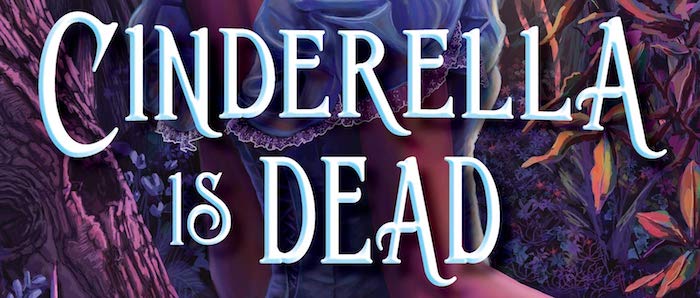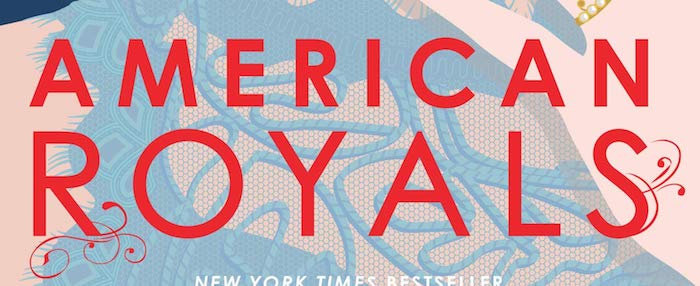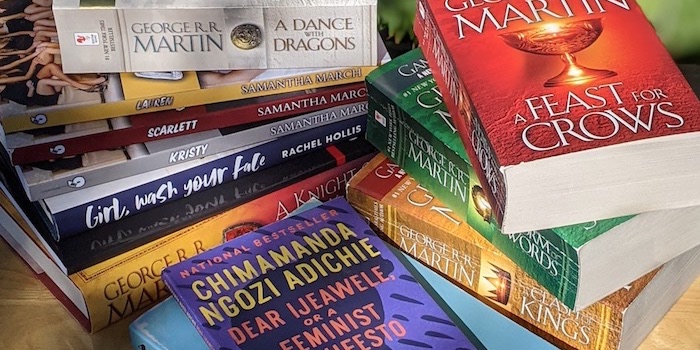When I was in my teens and early-mid 20s, Young Adult fantasy was IT for me. Harry Potter, Percy Jackson, Guardians of Time, The Midnighters; YA fantasy was my favorite genre for two decades. I also enjoy fairytale retellings, women-led stories, and was excited for diversity of characters – by all metrics, I should have loved Cinderella is Dead by Kalynn Bayron. But I didn’t. I enjoyed it, I finished it quickly; but I also found I couldn’t connect to the story as much as I wanted to due to lack of world building, the main character complaining the entire time, and the author beating the reader over the head with the feminist point she was trying to make. I have not read YA fantasy in quite a few years as I’ve been reading other genres, so I don’t know whether my lack of loving this book is due to simply growing out of the YA genre as I’ve gotten older, or if Cinderella is Dead genuinely lacks the storytelling elements that I find compelling.
There are three major hangups I have with Cinderella is Dead, and all of them are intertwined and feed off of each other. The first is the lack of world building. We are told some backstory on the Cinderella myth and given a brief introduction to the town, but there’s never a point at the beginning where we sit and live inside the world before the plot begins. The main character, Sophia, from prior to the reader meeting her, is against the rules of governance and hates everything about the King and the rules and the town, and that viewpoint never changes throughout the story. We’re given little information about the other characters outside of the main character’s myopic view of them (quite frankly, she has little empathy for them outside of hating what the King’s rules have done to women as a whole), so the town and the characters don’t feel real. It’s like the author was relying on the reader having a prior feminist viewpoint which would provide an automatic empathy for women living under such strict and misogynistic rules, and an automatic hatred of the King and the evil men in the story, to make up for the lack of world building and character development.
Where the lack of world building fails is that the ending of the story relies on the townsfolk willingly accepting the change of rules and laws and the death of the King, yet we get no indication that they would willingly go along with this. Sophia herself is shocked to learn that there are so many women fighting in the shadows to overthrow the King. There are mentions of random people openly having issues with the strict laws, but, by all metrics we’re given about the majority of the townsfolk, they should not have been so immediately accepting of the murder of the King and the change in governance. This inconsistency was swept away quickly saying that there were some men who didn’t want the change but the majority said nothing and went along with the change without issue. If the misogyny is so deeply ingrained not only in the men but in the women as well – as evidenced by the woman who fell all over herself to praise the King in the market – then there should have been much more of a pushback than there was. If the underground feeling of revolution had been established at the beginning, this would have made more sense, but as it was not, the quick resolution at the end of the story felt unearned. There was an excellent opportunity to comment on how systemic sexism can become when in that type of world, so much so that even without the laws in place it would take time and effort for people to adjust, but it was entirely glossed over.
The lack of world building may, in part, be due to the first person point of view of the main character, Sophia, and Sophia’s lack of character development. When we meet Sophia, she already hates the King and his laws, she continues to hate the King and his laws, and she ends by killing the King and dismantling his laws. There is little doubt in Sophia’s mind, and even on the off-chance she does question anything she’s thinking or feeling, she quickly dismisses it, often within the same sentence: “I don’t know if I’ll ever get the chance to see her again, but I have to set that aside for now”. I couldn’t fully connect with the character because there was nothing to draw me in, no emotional journey to go on, and not enough emotional connection; I felt like I was being kept at arm’s length. Instead of making a statement that “I have to set that aside for now”, why not have Sophia feel that emotion of not knowing if she’d see the woman she loved again, why not have Sophia question and doubt her situation, and work to overcome those emotions? It’s far more compelling for a character to have to work to overcome a negative emotion to continue on their journey than for the character to simply tell the reader she’s not going to think about it.
Even the “love triangle” provided no character development or drama because Sophia quickly rationalized moving on from one love interest to the next – which is fine, and a good thing in real life, but why mention Sophia’s struggle with it when there was never an actual struggle? Oddly enough, I felt more connection to the side and periphery characters than to Sophia herself because Sophia felt like such a blank slate, such a cardboard cutout of what a Strong Female Character should be.
This lack of character development contributed to my feeling of constant complaining from Sophia. There was never a moment of learning about the world where Sophia wasn’t simply telling the reader how much she hated her life, the laws, and other characters. While I agree that her complaints are valid, that validity comes from my own real world feminist biases rather than the story showing how terrible a situation the in-book world is. For example, in-book, a woman’s place as a wife is only as strong as the husband’s willingness to keep her around, if a husband chose to “forfeit” his wife for any reason – like simply wanting a new one – he can lawfully do so. This is a horrible, disturbing idea which is only briefly touched on; there could have been so much more of the ramifications for women given this world’s laws than was shown to the reader that could have made this story so much more compelling.
The feminist ideas touched on in the story are the most basic, surface level feminism. The world building and character development rely so heavily on the reader’s preconceived notions and opinions of feminism yet the author beats the reader over the head with the most basic feminist talking points without saying anything new or compelling. “These girls don’t want to be here tonight. Look at your children, your friends, your wives, and your daughters. Don’t do what is right because they hold those titles. Do what is right because they are people.” I mean, yes? This is a basic, Instagrammable feminist point (I legitimately saw this on Instagram today). Given the reliance on the reader’s feminism for world building, this type of basic commentary shouldn’t be necessary. This type of commentary would be necessary for the men within the story. But, given that the men in the story don’t view women as people, telling them simply to view women as people regardless of their relationship to them won’t cut it. But that goes back to the lack of world building. This moment in the story was an opportunity to say something compelling while educating the men within the story, but it was simply glossed over with a basic talking point.
For all the flaws I found with the book, that’s not to say I didn’t enjoy it. I liked the book. I enjoyed it enough to not only keep reading but read it quickly. While I guessed from early on that the King was draining the life force from the women to stay alive (it was obvious that’s what happened to Liv), I didn’t see the twist with the fairy godmother coming. I found Amina to be one of the most compelling characters as she wasn’t as one dimensional as everyone else and the twist that she was the King’s mother was great. I do think Amina turned good at the end, though, as she knew how she would die from the vision and made that choice anyway while giving Sophia the knife that Sophia uses to kill the King (“[Amina] pushes the handle of Cinderella’s knife into [Sophia’s] hand and stumbles forward”), even though her actions at the end were never mentioned or given credit by the characters.
With all of this being said, my question for myself is whether these flaws are indicative of the genre and I’m expecting too much from this story, or if these problems are actual flaws which other YA fantasy books and series I’ve loved in the past did not have. I have not read my old favorite YA novels in years (though I did reread the Guardians of Time series in 2018 when the fourth book was released and still enjoyed it although I can see some flaws now I never saw when I was a teen), but I do not remember them being as flawed as I found Cinderella is Dead. At least, not in the same ways.
One of my personal growth goals this year is to read more genres and various tropes and themes and figure out what I prefer now as an adult. I’m interested to read more YA fantasy this year to see if Cinderella is Dead is a fluke or if I really did outgrow YA.


